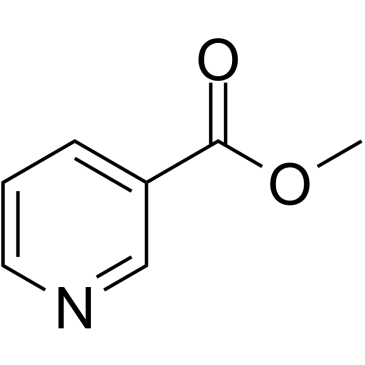Influence of skin colour on the detection of cutaneous erythema and tanning phenomena using reflectance spectrophotometry.
Julie Latreille, Sophie Gardinier, Laurence Ambroisine, Emmanuelle Mauger, Michel Tenenhaus, Sabine Guéhenneux, Frédérique Morizot, Erwin Tschachler, Christiane Guinot
Index: Skin Res. Technol. 13(3) , 236-41, (2007)
Full Text: HTML
Abstract
This research aims at assessing the influence of baseline skin colour on the ability of reflectance spectrophotometry to detect cutaneous erythema induced by a low concentration of methyl nicotinate (2.5 mM) (first objective), and to detect tanning induced by ultraviolet rays (UVA+UVB) at infra-erythemal doses (second objective).Two independent studies were conducted to reach their respective objectives, on 27 women for the first study and on 12 women for the second study. Skin colour measurements were expressed in two different ways: percentages of reflected light at increasing wavelengths lambda (400 nm or =40 degrees. The assumption is that in the darkest skins, the emitted light is mainly absorbed by the melanin in the epidermis. Otherwise, after UV irradiation, the tanning was detectable only for individuals with fair to dark skin defined by ITA <50 degrees. This can be explained by the fact that UV stimulation of the fairest skin subjects, known to be melano-compromised individuals, can only produce a weak tanning that our study did not succeed in detecting.
Related Compounds
| Structure | Name/CAS No. | Molecular Formula | Articles |
|---|---|---|---|
 |
Methyl nicotinate
CAS:93-60-7 |
C7H7NO2 |
|
cIEF for rapid pKa determination of small molecules: a proof...
2014-10-15 [Eur. J. Pharm. Sci. 63 , 14-21, (2014)] |
|
Parallel artificial membrane permeability assay: a new membr...
2006-06-29 [J. Med. Chem. 49 , 3948-54, (2006)] |
|
In silico and in vitro filters for the fast estimation of sk...
2007-02-22 [J. Med. Chem. 50 , 742-8, (2007)] |
|
Influence of the Supramolecular Micro-Assembly of Multiple E...
2015-01-01 [Curr. Drug Targets 16 , 1612-22, (2015)] |
|
The scent ofMycobacterium tuberculosis
2008-01-01 [Tuberculosis (Edinb.) 88(4) , 317-23, (2008)] |